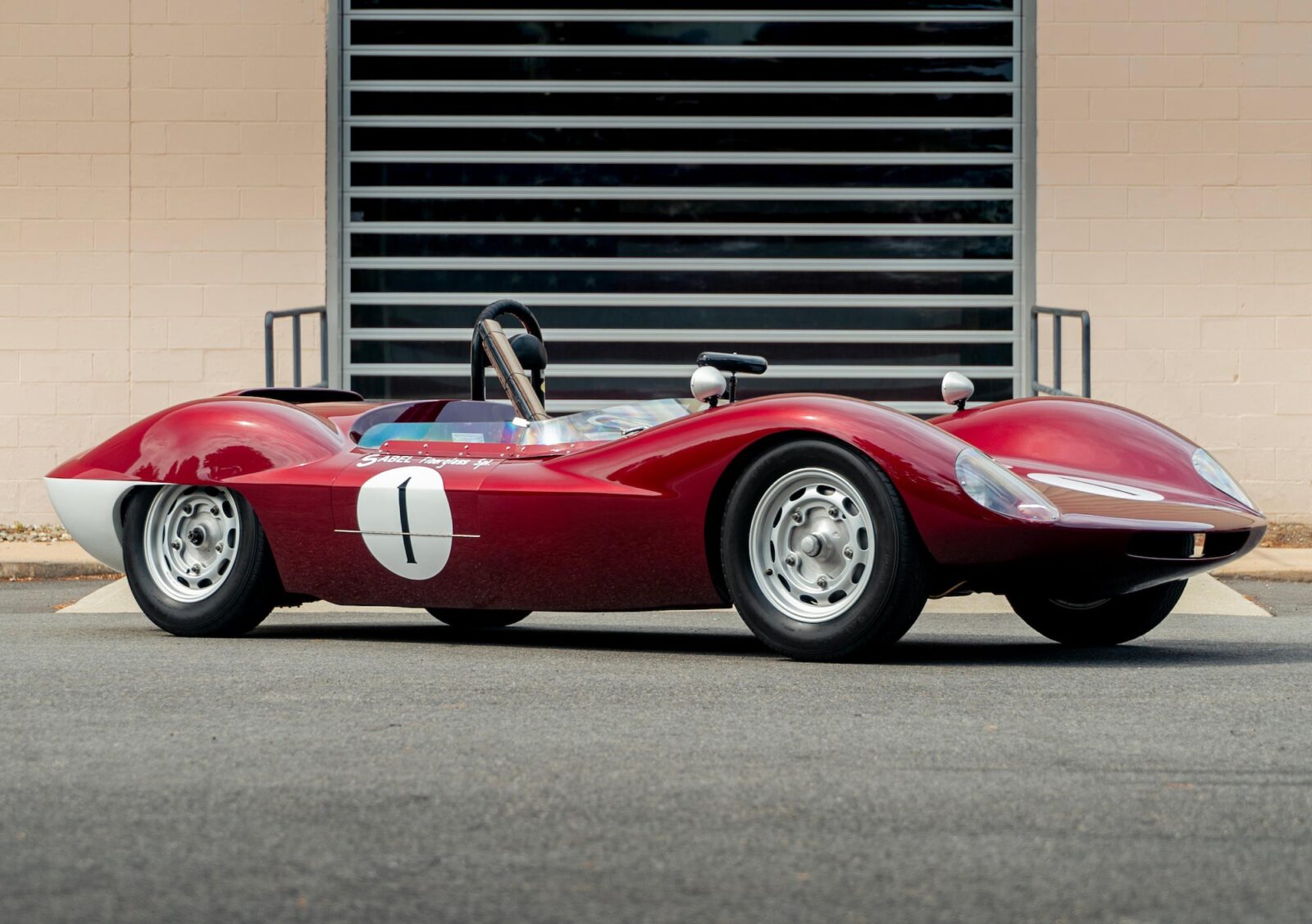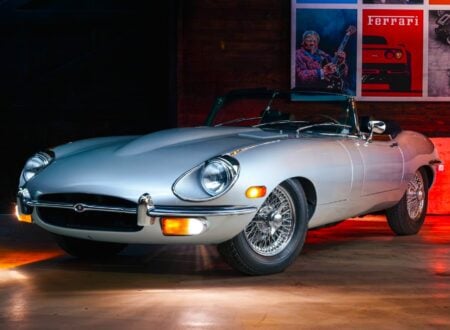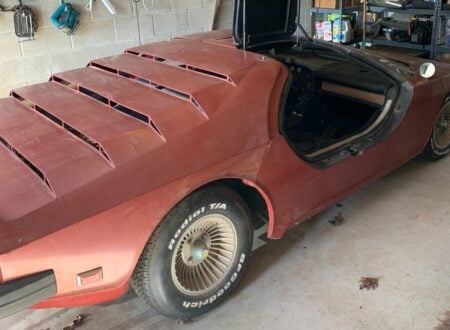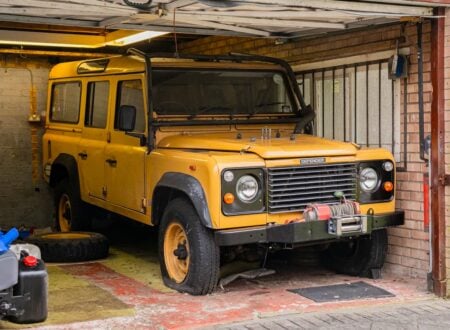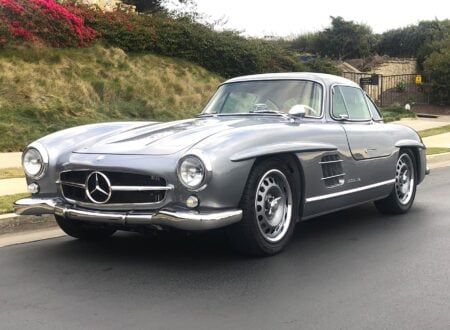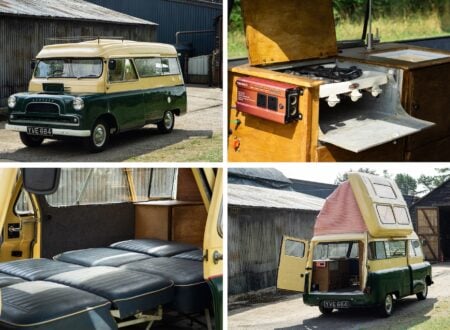This is the 1961 Sabel-Porsche Mk1, it’s the original prototype of its design, and as such it carries the chassis number #001.
The car was designed and built by John Sabel in the early 1960s, and it would enjoy a remarkably successful life in motorsport, hillclimbs in particular. More recently it has been completely restored, and it’s now due to be auctioned at The Quail next month.
Fast Facts – The Sabel-Porsche Mk1 Prototype
- The 1961 Sabel-Porsche Mk1 is the original prototype (chassis #001) designed and built by John Sabel in California. It combines a VW floorpan with Porsche 356 suspension, engine, and transmission, plus Porsche 550 Spyder brakes. The unique fiberglass body was hand-laid by Sabel, featuring influences from Lister, Cooper, and Devin designs.
- The car debuted at the 1964 Hershey Hillclimb and later competed at the Duryea Hillclimb. Its success led Sabel to produce about 30 additional bodies. In 1966, Ralph “Bud” Williams bought the prototype, fitted it with a Chevrolet Corvair engine, and achieved 2nd place in the D/SR class at the American Road Race of Champions.
- After changing hands a few times, the car was stored for 34 years until Michael Ballo purchased it in 2004. He commissioned a full restoration by Dawe’s Motorsports Developments, with John Sabel providing crucial firsthand knowledge. The car was restored to its original configuration with a fresh 356 engine and Solex carburetors.
- The restored Sabel-Porsche Mk1 made its comeback at the 2014 Hershey Grand Ascent Hillclimb, exactly 50 years after its inaugural run. It was later showcased at the 2015 Rennsport Reunion V at Laguna Seca. The car is now set to be auctioned by Bonhams at The Quail in mid-August.
John Sabel And The Incredible Sabel-Porsche
John Sabel was born and raised in California, one of the great global centers of sports car modification and motor racing. He would serve in the United States Armed Forces and after completing his duty, he would strike out on his own, and relocate to Maryland on the other side of the country.
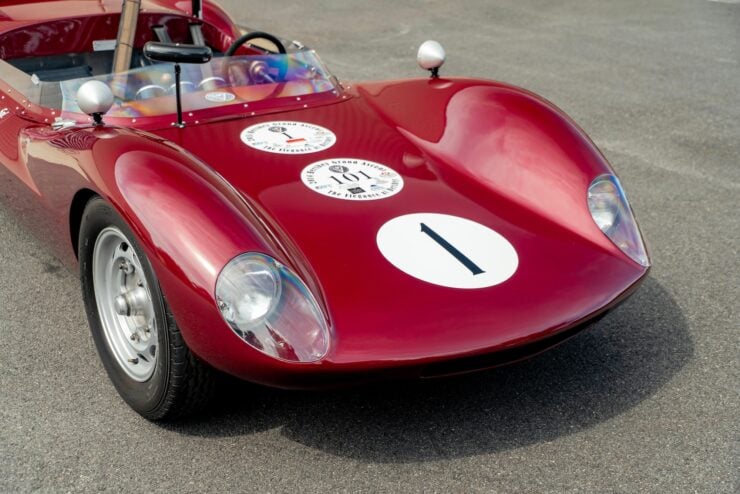

Sabel had a lifelong love of both Volkswagens and Porsches, perhaps unsurprising given the wild popularity of both of the air-cooled German marques in his native state. He would bring this passion with him to the East Coast and when he set out to design and build his own car, he made use of both Volkswagen and Porsche elements in the final vehicle.
Building The Sabel-Porsche
The build of the Sabel-Porsche started with a VW floorpan, a popular choice due to the fact that it was essentially a flat, skateboard like platform with the suspension, brakes, engine, and transmission all in place. It also had independent front and rear suspension, and the aftermarket parts availability was extensive – making it possible to create a genuinely quick car in your garage.
Sabel decided that the VW floorpan was a good starting point, but he swapped out the original suspension for upgraded front and rear suspension from a Porsche 356. He would also source and fit the higher performance engine from a 356, as well as the matching 4-speed transmission.
The uprated brakes are said to have been sourced from a Porsche 550 Spyder, offering more stopping power than either the 356 or original VW.
Once this was all complete, he essentially had a powered platform on which to build his car. Rather than using alloy, which would require the purchase of expensive tooling equipment, he opted to use the new wonder material that some have since called the carbon fiber of the 1950s – fiberglass.
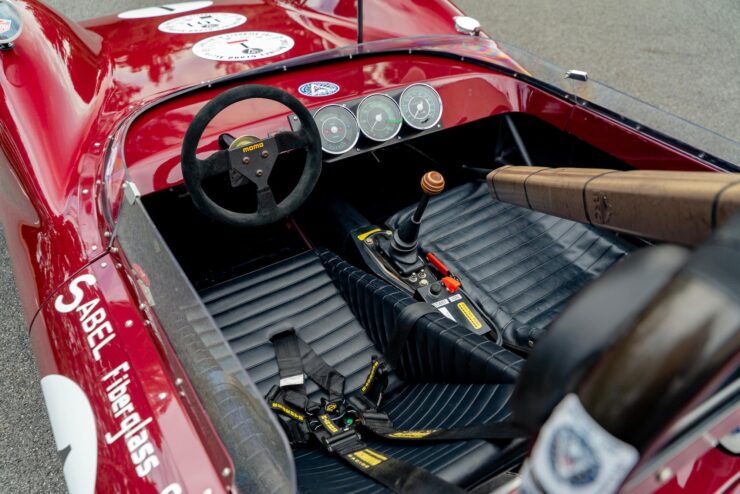

Fiverglass would allow Sabel to create a stunningly beautiful body relatively quickly – he designed it, created the mold, and then hand laid the fiberglass himself. The body is a completely unique design, it’s undeniably beautiful, and has discrete influences from the likes of Lister, Cooper, and Devin.
Racing The Sabel-Porsche
One complete, the Sabel-Porsche Mk1 prototype made its public debut at the 1964 Hershey Hillclimb. Attendees must have been fascinated by the car as no one other than Sabel himself would have been able to identify what it was.
The car would later compete at the Duryea Hillclimb, this time using a borrowed Porsche 356 Speedster engine. It would garner enough attention that Sabel would be inundated with orders, he built approximately 30 additional bodies.
The original prototype would remain in his own possession until 1966, when a racing driver named Ralph “Bud” Williams made him an offer he couldn’t refuse. Williams continued to race the car but fitted a larger and more powerful Chevrolet Corvair flat-six engine.
Although this did made the rear of the car heavier, it also offered more power – it remained competitive, and Williams earned enough points to qualify for the American Road Race of Champions at Daytona. He would take 2nd place in the hotly contested D/SR class, a remarkable achievement by any measure.
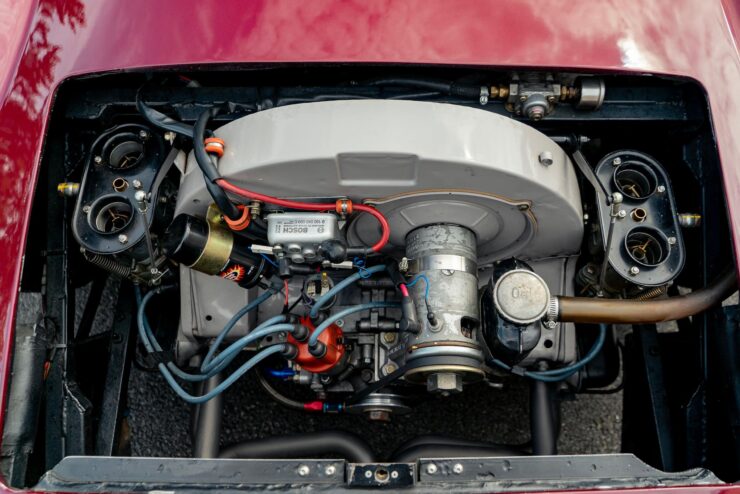

The car was later sold to Richard Williams in 1968 who took it racing and qualified for the 1969 SCCA Runoffs, another top drawer achievement, but sadly he was unable to make it to the event and never took part. The car would then be sold to Gordon Kerr in 1970 who put it into storage, where the car remained almost completely forgotten for 34 years.
Restoring The Sabel-Porsche
Fortunately, decades after it had been placed into storage, the car would be bought by Michael Ballo who sent it off to Dawe’s Motorsports Developments in Pennsylvania for a full nut-and-bolt restoration.
John Sabel was living in Carlisle, Pennsylvania at the time, and he was instrumental in providing first-hand knowledge about every detail of the car, helping to ensure that the restoration was done to the highest degree of accuracy.
The original floorpan was restored, a fresh Porsche 356 engine with Solex carburetors was sourced and fitted to bring the car back to original configuration, and it was repainted in metallic maroon with silver wheels and cream accents.
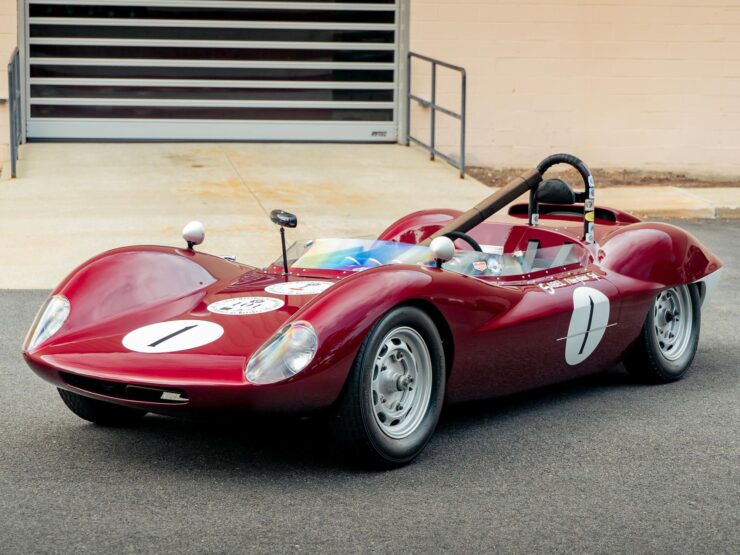

The car would be finished just in time to make its debut at the 2014 Hershey Grand Ascent Hillclimb – 50 years after the car’s inaugural run, it was then later shown at the 2015 Rennsport Reunion V at Laguna Seca.
It’s now due to roll across the auction block with Bonhams at The Quail in mid-August. If you’d like to read more about it or register to bid you can visit the listing here.
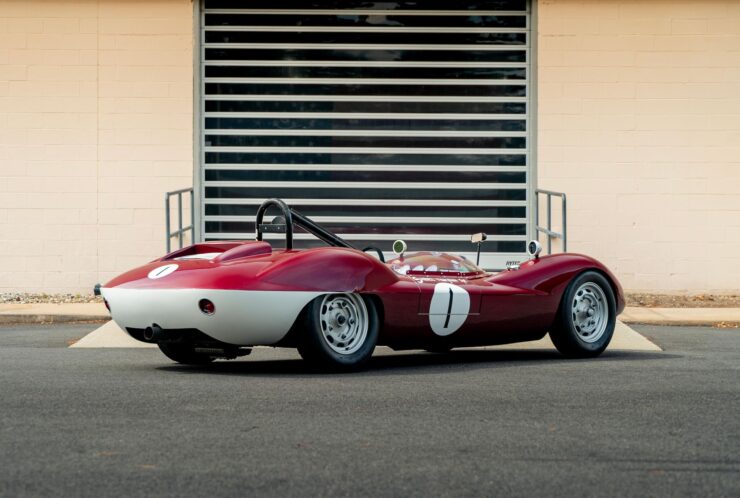
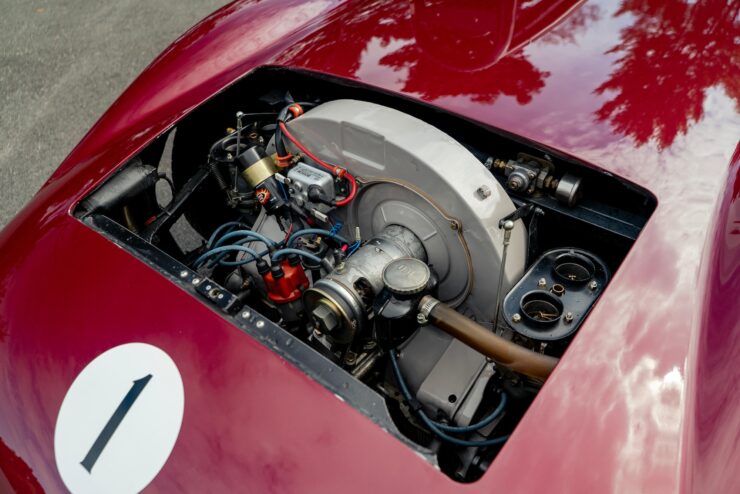
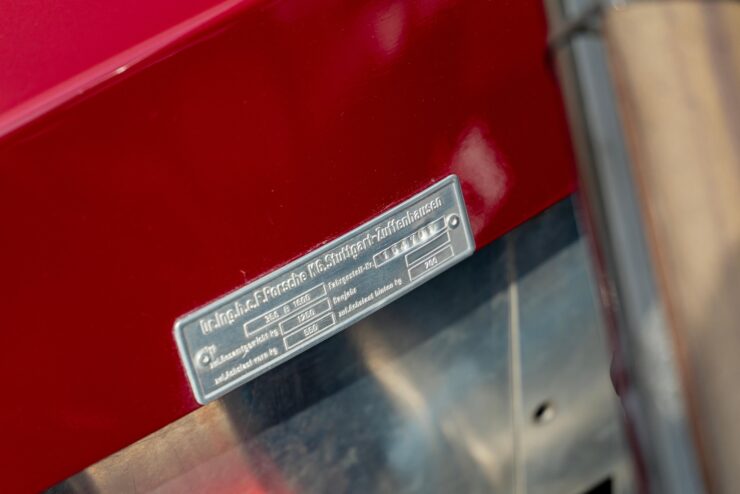
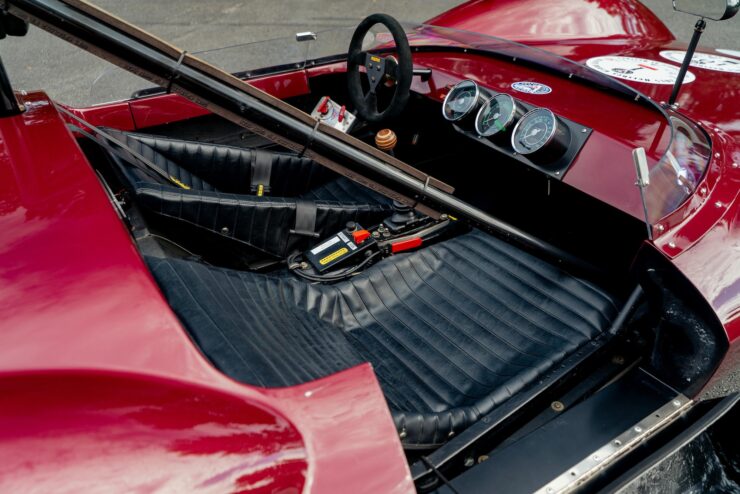
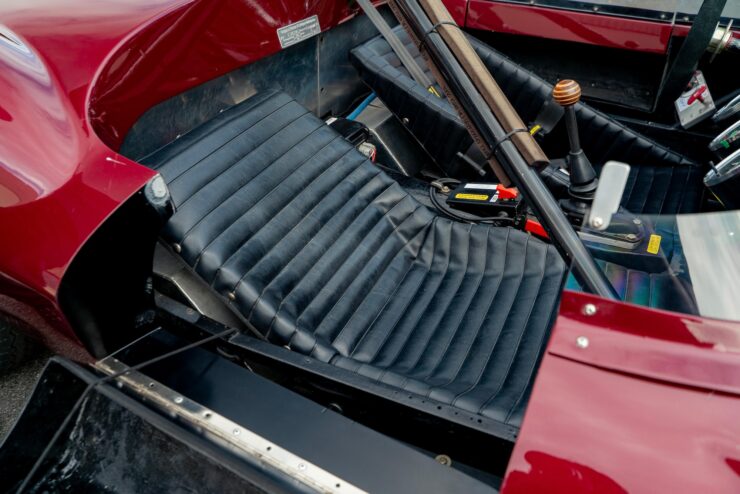
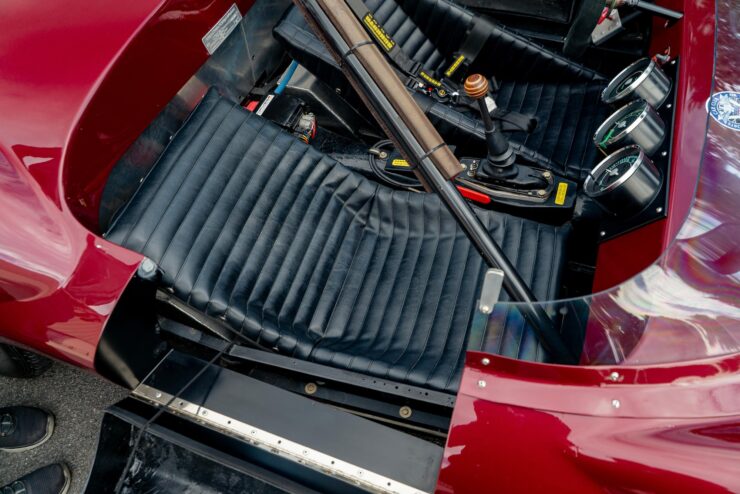
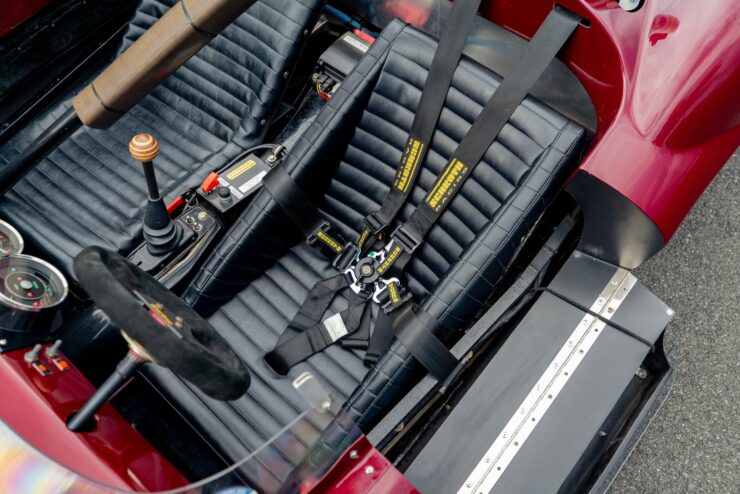
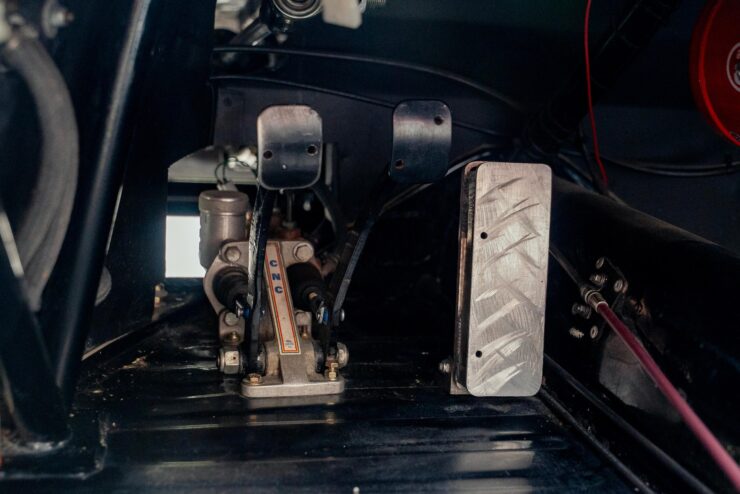
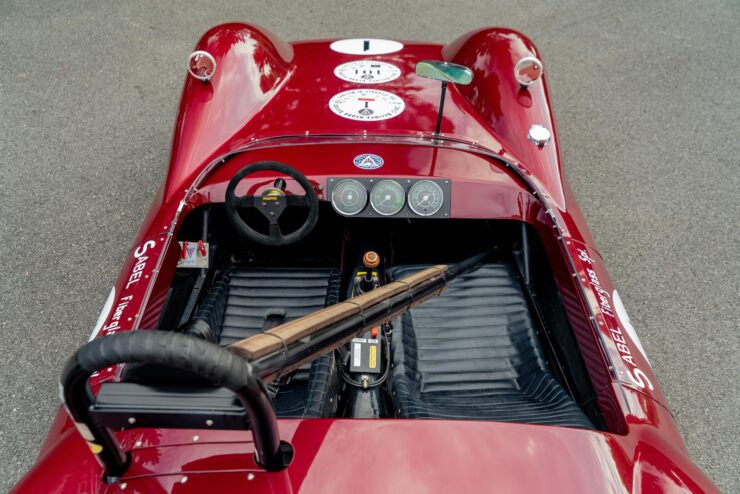
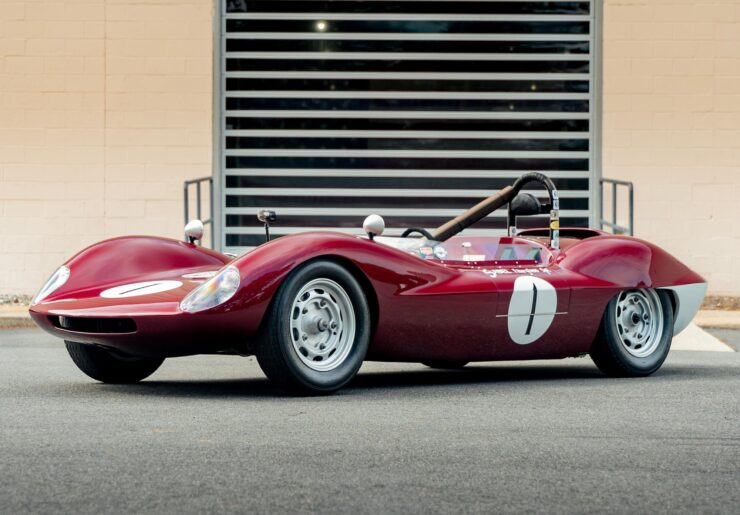
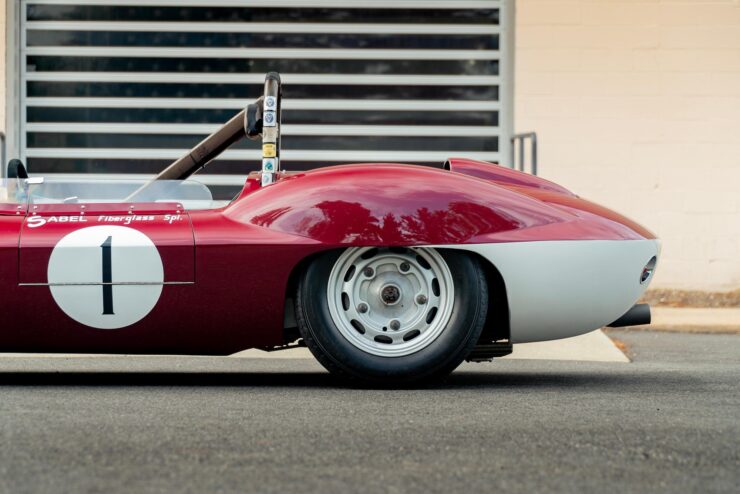
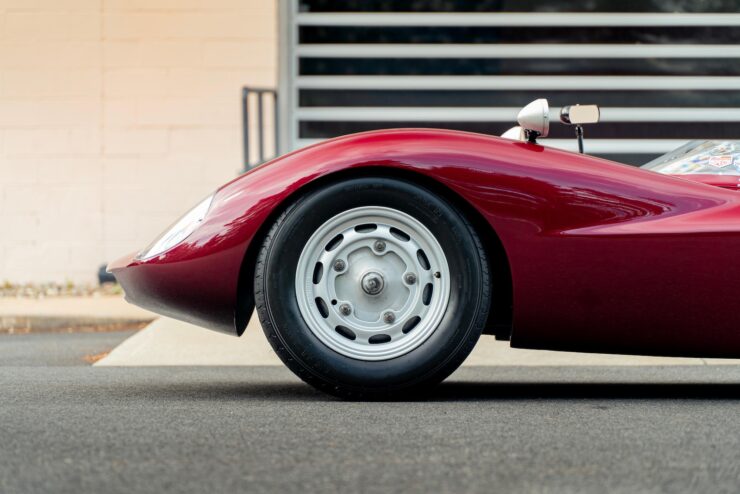
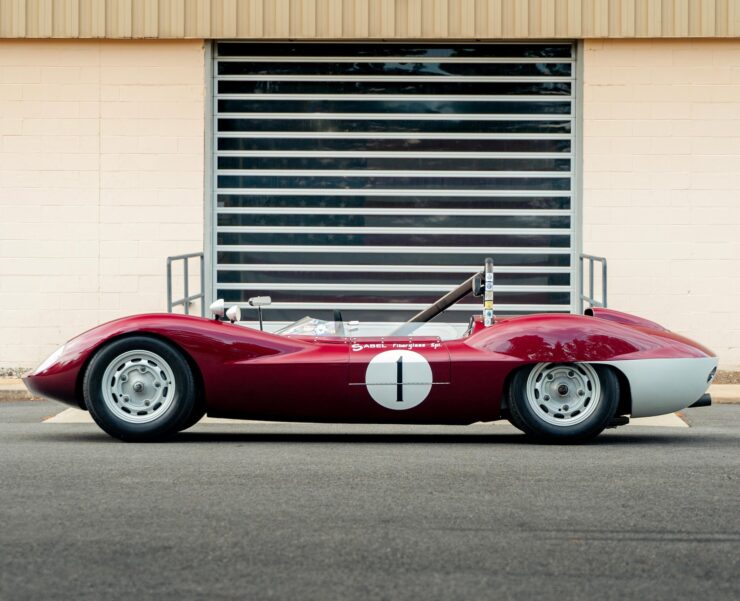
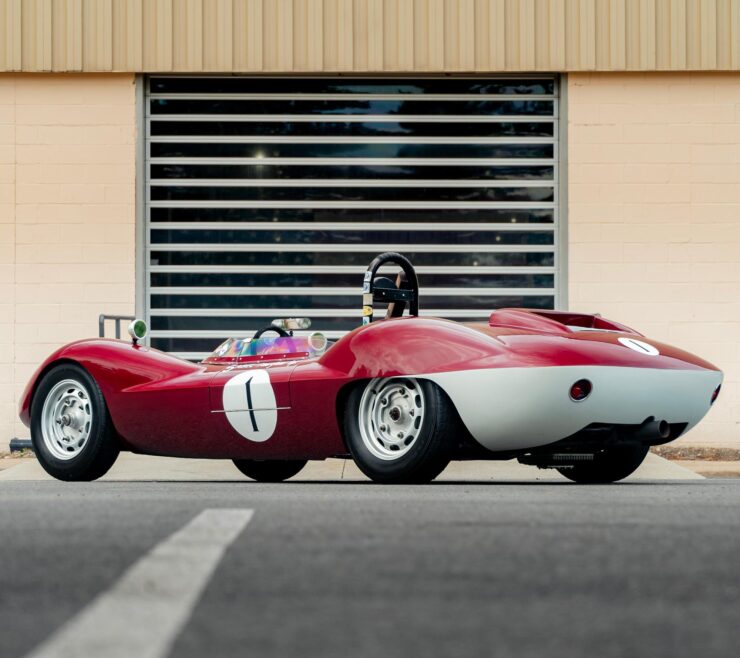
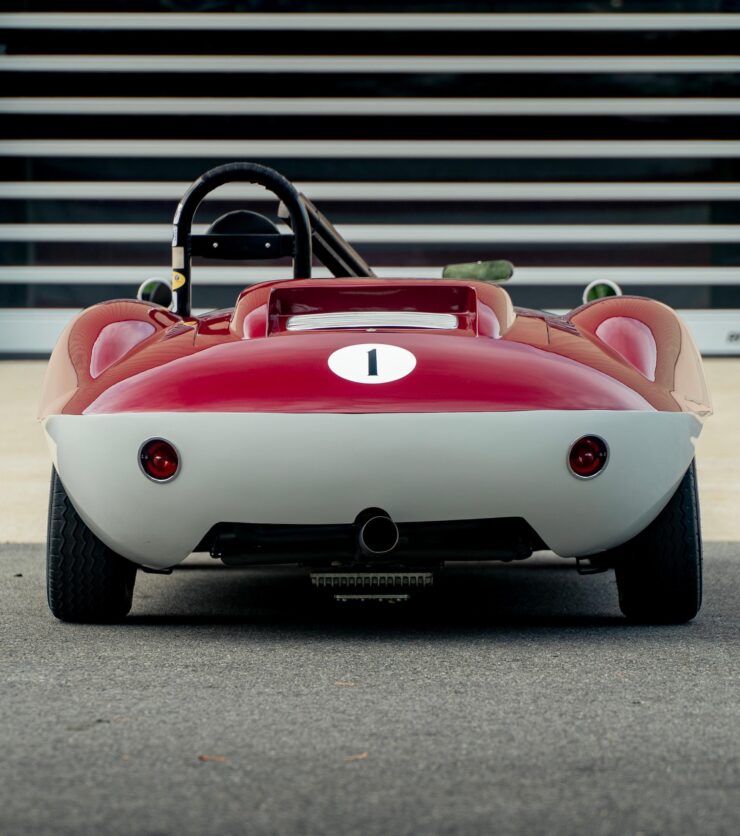
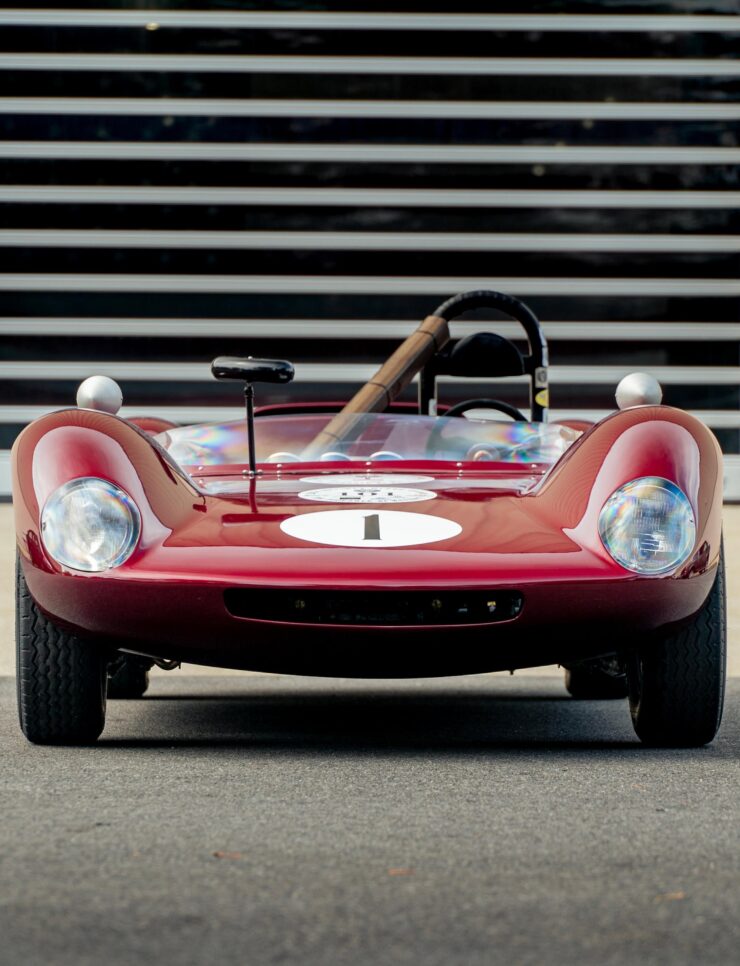
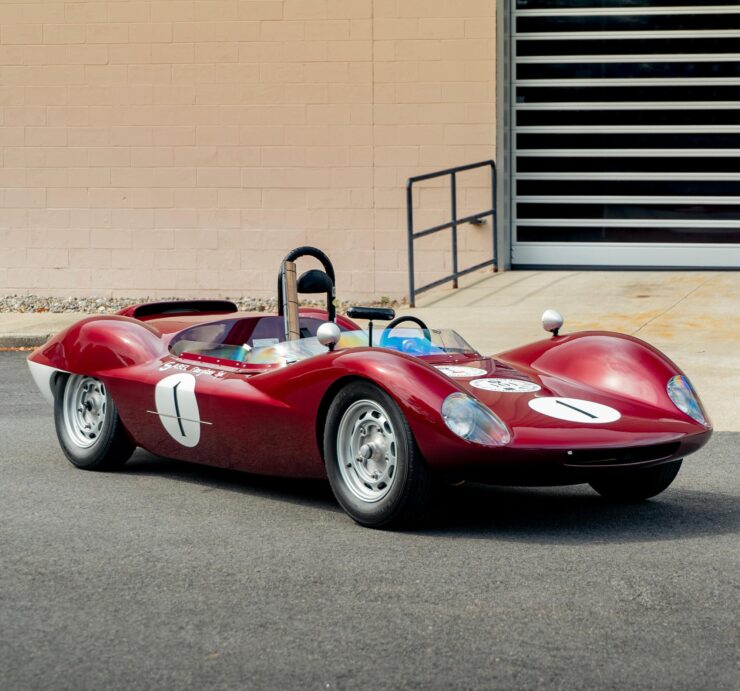
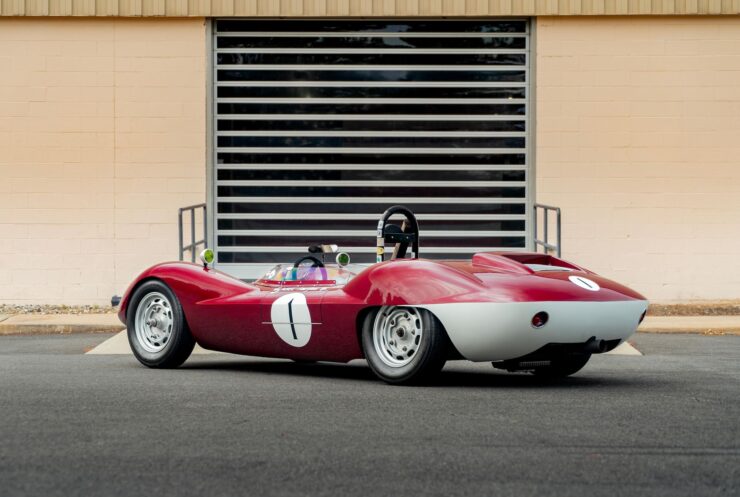
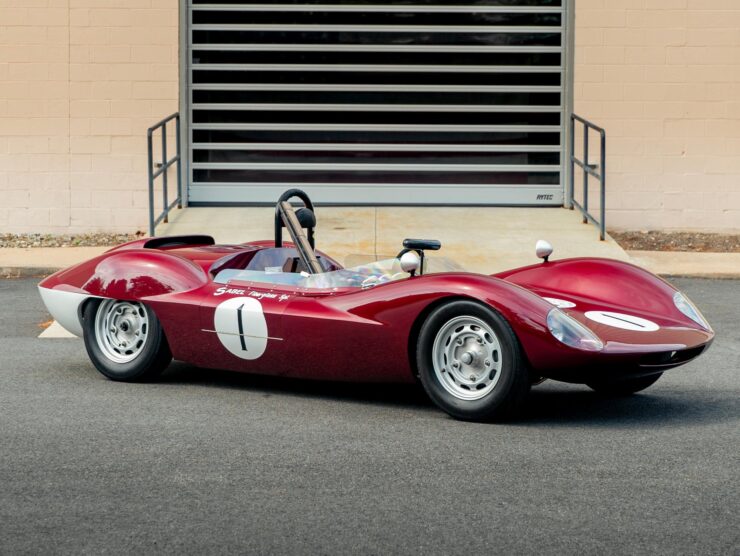
Images courtesy of Bonhams

